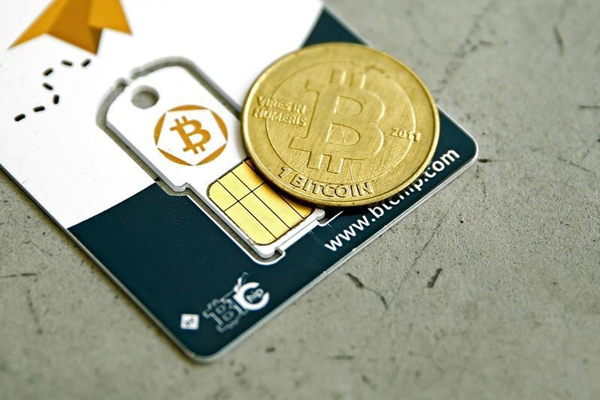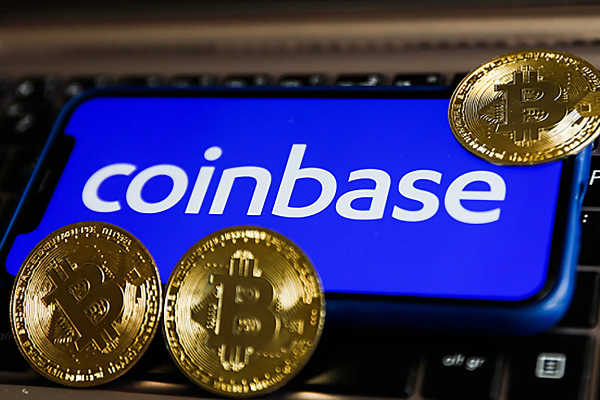Market risk off! Bitcoin falls with US stocks, Ethereum (ETH) may return to 1000?

Market risk off! VIX panic index soared 16%, and the key node is approaching. The market is currently mainly centered around two main lines. One is the huge uncertainty of the US government's tariffs, and the other is the risk of stagflation caused by tariffs and rising inflation and economic downturn.
Last Friday (March 28), the market was clearly risk off, and the VIX panic index soared 16%, ending the decline in the past two weeks. The author reminds that the VIX panic index will enter a critical time period in April, which means that market volatility is bound to intensify. Generally speaking, when the VIX index exceeds 40 (currently above 20), it means that the market is irrationally panicking about future prospects.
The key node of the VIX panic index is approaching:
It is worth noting that as the reciprocal tariffs on April 2 approach, more evidence shows that Trump will take a more radical stance on tariffs, which is contrary to the market's expectation that the United States will impose tariffs on specific products rather than leaning towards universal tariffs.
In addition, the core PCE price index rose 2.8% year-on-year in February, 2.7% higher than expected. The final value data of the University of Michigan in March released on the same day showed that due to the impact of tariffs, US consumer confidence hit a new low in more than two years, and long-term inflation expectations hit a 32-year high.
Investors' selling of risky assets intensified, and the three major US stock indexes closed down for three consecutive trading days, with the Nasdaq down nearly 3% and the S&P 500 down nearly 2%. The utility sector became the only sector to close higher.
Philadelphia Semiconductor Index VS Nasdaq 100 Index VS Bitcoin:
As shown in the above figure, Bitcoin is closely related to the Nasdaq 100 Index and the Philadelphia Semiconductor Index. Most of the time, investors regard the overweight currency as another large technology stock. Standard Chartered Bank even launched a hypothetical Mag 7B index, replacing Tesla with Bitcoin (BTC) to join the Magnificent 7 portfolio, and found that this new portfolio has higher returns and lower volatility.
ETH may fall back to $1,000? Pay attention to reciprocal tariffs and non-agricultural data this week
Bloomberg Intelligence commodity strategist Mike McGlone believes that ETH, which has returned to the $2,000 level, may point the way for risky assets. However, if Bitcoin cannot resume stable price growth, it may exacerbate the losses of altcoins, especially the top altcoins will continue to weaken, and even cause ETH to fall back to the $1,000 price level later this year.
Investors can focus on two major events this week: the "reciprocal tariff" on April 2 and the non-agricultural report on April 5. The US March non-agricultural report will be the first major data after the United States launched reciprocal tariffs on the world on April 2. The market hopes to find clues about the US economic outlook from the performance of the labor market. If the US employment data shows a weak signal, especially with the promotion of government efficiency (DOGE) cost reduction, investors may flock to US bonds again to seek safe havens, which will put pressure on digital currencies, the US dollar, US stocks, and 10-year US Treasury yields. On the contrary, it is conducive to a further rebound in US stocks.
ETH technical analysis: mid-term or downward test of $1,000 level
The weekly chart shows that ETH has now fallen below the upward trend line since mid-June 2022, suggesting that the overall trend may turn downward. The upper 2,000-2,200 range is an important resistance. If the trend is to be reversed, it is necessary to break through the above regional level first.
It should be noted that if ETH is repeatedly blocked at the $2,000 mark, the market is expected to further decline and test the support near $1,620 or even $1,000. Original link









